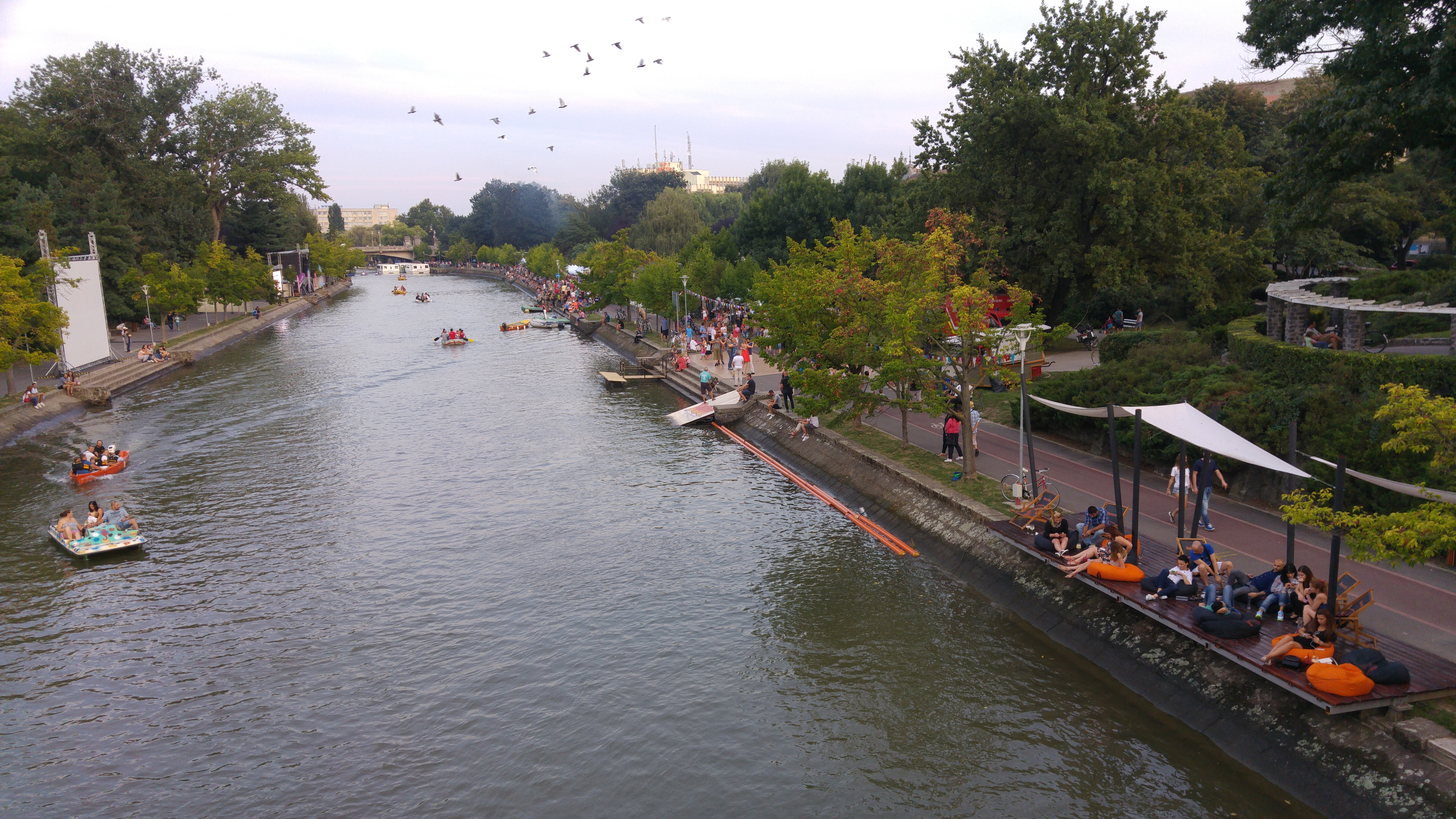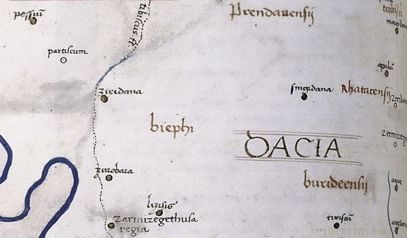|
»òtiuca (Timi»ô)
The »òtiuca is a left tributary of the river Timi»ô in Romania Romania is a country located at the crossroads of Central Europe, Central, Eastern Europe, Eastern and Southeast Europe. It borders Ukraine to the north and east, Hungary to the west, Serbia to the southwest, Bulgaria to the south, Moldova to .... It discharges into the Timi»ô near Gavojdia. Its length is and its basin size is . References Rivers of Romania Rivers of Timi»ô County {{Timi»ô-river-stub ... [...More Info...] [...Related Items...] OR: [Wikipedia] [Google] [Baidu] |
Romania
Romania is a country located at the crossroads of Central Europe, Central, Eastern Europe, Eastern and Southeast Europe. It borders Ukraine to the north and east, Hungary to the west, Serbia to the southwest, Bulgaria to the south, Moldova to the east, and the Black Sea to the southeast. It has a mainly continental climate, and an area of with a population of 19 million people. Romania is the List of European countries by area, twelfth-largest country in Europe and the List of European Union member states by population, sixth-most populous member state of the European Union. Europe's second-longest river, the Danube, empties into the Danube Delta in the southeast of the country. The Carpathian Mountains cross Romania from the north to the southwest and include Moldoveanu Peak, at an altitude of . Bucharest is the country's Bucharest metropolitan area, largest urban area and Economy of Romania, financial centre. Other major urban centers, urban areas include Cluj-Napoca, Timi»ô ... [...More Info...] [...Related Items...] OR: [Wikipedia] [Google] [Baidu] |
Timi»ô County
Timiș () is a county (''județ'') of western Romania on the border with Hungary and Serbia, in the historical regions of Romania, historical region of Banat, with the county seat at Timișoara. It is the westernmost and the largest county in Romania in terms of land area. The county is also part of the Danube–Criș–Mureș–Tisa Euroregion. Name The name of the county comes from the Timiș (river), Timiș River, known in Roman antiquity as ''Tibisis'' or ''Tibiscus''. According to Lajos Kiss' etymological dictionary, the name of the river probably comes from the Dacian language: ''thibh-isjo'' ("marshy"). In Hungarian language, Hungarian, Timiș County is known as ''Temes megye'', in German language, German as ''Kreis Temesch'', in Serbian language, Serbian as Тамишки округ/''Tamiški okrug'', in Ukrainian language, Ukrainian as Тімішський повіт, and in Banat Bulgarian dialect, Banat Bulgarian as ''okrug Timiš''. Geography Timiș is the lar ... [...More Info...] [...Related Items...] OR: [Wikipedia] [Google] [Baidu] |
»òtiuca
Știuca (Romanian language, Romanian for "Esox, pike"; ; ; ) is a communes of Romania, commune in Timiș County, Romania. It is composed of four villages: Dragomirești, Oloșag, Știuca (commune seat) and Zgribești. Name History The first mention of Știuca dates back to 1585, but it is about ''praedium'' or ''terra Stukatth'' and not about a cohesive locality. The village was practically founded by German settlers between 1784 and 1787. They named it Ebendorf, a name it bore until 1901. The German settlers came from various regions, the first being from Luxembourg, followed by those from Württemberg, Bavaria and Austria. Slovaks and Germans from Bohemia later settled. Through school and church, through mixed marriages, the Slovaks were assimilated over time by the German population. The Știuca–Sălbăgel estate was once owned by the barons of the Brukenthal house. In 1786, 60 families, totaling 214 people, mostly from Luxembourg, settled in Știuca. From 1867, during t ... [...More Info...] [...Related Items...] OR: [Wikipedia] [Google] [Baidu] |
Timi»ô (river)
The Timiș or Tamiš (, , , ) is a river that flows through the Banat region of Romania and Serbia and joins the Danube near Pančevo, in northern Serbia. Due to its position in the region, it has been labeled as the "spine of the Banat". Name In Classical antiquity, antiquity, the river was known as ''Tibiscus'' (in Latin) and ''Tibisis'' (Θίβισις in ancient Greek), and as ''Timisis'' in De Administrando Imperio; in addition, Edward Gibbon referred to it as the ''Teyss''. ''The Romans, who traversed the plains of Hungary, suppose that they passed several navigable rivers, either in canoes or portable boats; but there is reason to suspect that the winding stream of the Teyss, or Tibiscus, might present itself in different places under different names.'' Geography The Drainage basin, drainage area covers , of which in Romania. With the Danube, the Timis belongs to the Black Sea drainage basin. The river flows through Romania for , and through Serbia. Its average di ... [...More Info...] [...Related Items...] OR: [Wikipedia] [Google] [Baidu] |
Gavojdia
Gavojdia (often spelled Găvojdia; ; ) is a commune in Timiș County, Romania. It is composed of four villages: Gavojdia (commune seat), Jena, Lugojel and Sălbăgel. Etymology The name ''Gavojdia'' has its origin in the Latin ''quvae'' which means "hills" and ''sideo'' which means "settlement", which would translate as "settlement between hills". There is another theory according to which ''Gavojdia'' has its origin in the Slavic ''gvojd'' which means "iron" and ''gvojde'' which means "blacksmith", since there were many blacksmiths serving the interests of landowners and those who traveled by stagecoach here. Hungarian ethnologists claimed that the origin of the word ''Gavojdia'' came from ''kő'' which means "stone" and ''köves'' which means "stony". Geography Gavojdia is located in the southeast of Timiș County, in the Lugoj Plain. It covers an area of , most of which is arable land, the rest being pastures, hayfields, vineyards, orchards and others. Gavojdia is crossed by ... [...More Info...] [...Related Items...] OR: [Wikipedia] [Google] [Baidu] |
Tributary
A tributary, or an ''affluent'', is a stream or river that flows into a larger stream (''main stem'' or ''"parent"''), river, or a lake. A tributary does not flow directly into a sea or ocean. Tributaries, and the main stem river into which they flow, drain the surrounding drainage basin of its surface water and groundwater, leading the water out into an ocean, another river, or into an endorheic basin. The Irtysh is a chief tributary of the Ob (river), Ob river and is also the longest tributary river in the world with a length of . The Madeira River is the largest tributary river by volume in the world with an average discharge of . A confluence, where two or more bodies of water meet, usually refers to the joining of tributaries. The opposite to a tributary is a distributary, a river or stream that branches off from and flows away from the main stream. [...More Info...] [...Related Items...] OR: [Wikipedia] [Google] [Baidu] |
Rivers Of Romania
This is a list of rivers of Romania which entirely or partially flow through Romania. Longest rivers The length and drainage area represent only the part of the river within Romania.2017 Romanian Statistical Yearbook p. 13 References {{List of rivers of Europe *Romania
Romania is a country located at the crossroads of Central Europe, Central, Eastern Europe, Eastern and Southeast Europe. It borders Ukraine to the north and east, Hungary to the west, Serbia to the southwest, Bulgaria to the south ...
[...More Info...] [...Related Items...] OR: [Wikipedia] [Google] [Baidu] |

